|
Canada’s Catholic Bishops welcome today’s announcement from the Holy See providing further details of the itinerary of Pope Francis’ historic visit to Canada, July 24 – 29, 2022. This will be the fourth papal visit to Canada and the first since Saint John Paul II’s journey in 2002. The Holy Father’s pilgrimage will focus on Indigenous healing and reconciliation while also providing the shepherd of the world’s 1.2 billion Catholics an opportunity to encounter the faithful in Canada. Due to his advanced age and limitations, it is expected that participation by Pope Francis at public events will be limited to approximately one hour. General Co-ordinator of the Papal Visit to Canada, Archbishop Richard Smith, remarked on the release of the program: “We know that the Holy Father was deeply moved by his encounter with Indigenous Peoples in Rome earlier this year, and that he hopes to build on the important dialogue that took place. We pray this pilgrimage will serve as another meaningful step in the long journey of healing, reconciliation and hope.” The visit, drawing on the theme of “Walking Together”, will include a combination of public and private events, with an emphasis on Indigenous participation throughout the visit. Ticketing (free) for public events will be announced in the coming days. A volunteer portal can be accessed at papalvisit.ca or visitepapale.ca for those wishing to share their time and talents as part of the historic visit. The papal visit planning team will work closely with Indigenous partners as well as federal, provincial and municipal levels of government to dialogue and co-ordinate the significant logistical challenges associated with a visit of this scope and magnitude. Canadian Conference of Catholic Bishops President, Bishop Raymond Poisson, commented on the efforts: “So many people are working diligently to organize this very busy schedule for the Holy Father and participants. We pray for the health of Pope Francis and also that his pastoral visit to Canada will bring reconciliation and hope to all those who will accompany our shepherd on this historic journey.” Those interested in learning more about the Papal Visit to Canada can find the latest updates at: papalvisit.ca (English) and visitepapale.ca (French). Highlights of the program announced by the Vatican include: July 24, 2022 The Holy Father will arrive in Edmonton, Alberta on July 24th. Following a brief airport ceremony, the 85-year-old pontiff will take the remainder of the day to rest. July 25, 2022 On July 25th, Pope Francis will visit Maskwacis, home to the former Ermineskin Residential School, one of the largest residential school sites in Canada. The Holy Father will join former residential school students from across the country as part of a formal program. Alberta is home to the largest number of former residential schools in Canada. Later in the day, the pontiff will visit Sacred Heart Church of the First Peoples, a National Indigenous church in downtown Edmonton. Following extensive restoration after a devastating fire in 2020, the parish will re-open its doors after using a nearby school the last several years to offer hospitality, spiritual care and supportive outreach programs serving a diverse urban Indigenous community. This will be an invitation-only event. July 26, 2022 July 26th is the feast of St. Anne, grandmother of Jesus, a day of particular reverence for Indigenous Catholics and often the focus of pilgrimage in various parts of the country. In an event that will be open to the public, the Holy Father will celebrate an open-air Mass at Commonwealth Stadium in Edmonton. The facility can accommodate up to 65,000 attendees for a program that will incorporate Indigenous traditions as part of the gathering. In the early evening, the Holy Father will travel to Lac Ste. Anne, the site of an annual pilgrimage that welcomes tens of thousands of Indigenous participants from throughout Canada and the United States each year. Programming will be offered throughout the day leading up to the Holy Father’s participation in a prayer service. July 27, 2022 The Holy Father will depart Edmonton for Quebec City. Upon arrival, the Pontiff will visit La Citadelle, where he will take part in private meetings. Pope Francis, as both a spiritual leader and head of state, will also offer a public address. For events in Quebec City, the public is also invited to participate at a dedicated area on the Plains of Abraham, where there will be opportunities on July 27 and 28 for Indigenous cultural expression as well as the chance to view papal events on large screens. The detailed program of activities on the Plains is being developed with Indigenous and community partners. July 28, 2022 Pope Francis will travel to Sainte-Anne-de-Beaupré, where he will celebrate Mass at one of the oldest and most popular pilgrimage sites in North America, drawing more than a million visitors to the site (including annual Indigenous pilgrimages) each year. Organizers anticipate between 10,000 and 15,000 guests may attend with space for guests both inside and outside the basilica. Later in the day, His Holiness will meet with bishops, priests, seminarians, consecrated men and women as well as those who work in various church ministries, as is customary with most papal visits. The pope will have the remainder of the evening for rest while a dinner focused on friendship and ongoing dialogue will bring together Indigenous leaders from Eastern Canada and representatives of the Catholic Bishops of Canada. July 29, 2022 Following a private meeting with members of his own religious order (Society of Jesus), Pope Francis will meet with Indigenous leaders from Eastern Canada before departing for Iqaluit, where he will spend the afternoon in a private meeting with residential school survivors before attending a public community event hosted by Inuit. The Holy Father will depart for Rome from Iqaluit in the early evening, landing there on the 30th. About the Canadian Conference of Catholic Bishops:
The Canadian Conference of Catholic Bishops (CCCB) is the national assembly of the Bishops of Canada. It was founded in 1943 and officially recognized by the Holy See in 1948. For media inquiries on the Papal Visit to Canada:
7 Comments
An inspiring grotto housing the statue of Mary seems only fitting for the backyard of Elizabeth House, a transitional housing program supported by the Diocese which welcomes pregnant and parenting women who need a safe place to live. Mother Mary is symbolic of womanhood and motherhood and Elizabeth House staff are hopeful that the resilient women who access the house and services provided there will find the grotto to be a place of healing and hope as embodied in Our Lady of Guadalupe. Dave Curry, who built the grotto with the help of Peter Dugandzic, shared that the project was meaningful to him because the statue of Our Lady of Guadalupe holds pro-life significance. He spoke about the hard work of constructing the beautiful brick grotto in the summer heat last year and how it was recently completed. Dave said that it was “beautiful doing something for Elizabeth House and for Mary”. Dave is a member of the Knights of Columbus Don Bosco Council at St. Peter’s Roman Catholic Church and built the grotto with the help and support from the Knights of Columbus. Elizabeth House has capacity to house seven women and their babies. This program offers resources, support, and a safe place for women to start their motherhood journey. Elizabeth House states that through their program courageous mothers are empowered to work towards a transition to independent living as well as pursue the education or job skills training necessary to help set the foundation for a bright future. Marin Lepp, an Elizabeth House staff, said the grotto and statue speak to the “the incredible support and spiritual foundation that this place has for all of the women who we welcome from every background, every walk of life. This represents strength in womanhood and in motherhood and that looks so different for all of our ladies based on their circumstances.” Marin called the the grotto a grounding place, and a guide in Elizabeth House’s approach to reconciliation for Indigenous peoples. She reflected that at the centre of the work is “motherhood, womanhood and the strength around that.” The special garden area where Our Lady of Guadalupe has taken up residence was blessed recently by Bishop William McGrattan of the Roman Catholic Diocese of Calgary. “I think the legacy of Elizabeth House is something that we’ve received from the religious and I think it’s something that allows us to witness to and continue the sanctity of human life and to know that we’re helping families, especially women who want to make this choice. It’s counter-cultural and I think the Church needs to be present and allow them to go forward with this particular support that they need,” said Bishop McGrattan. 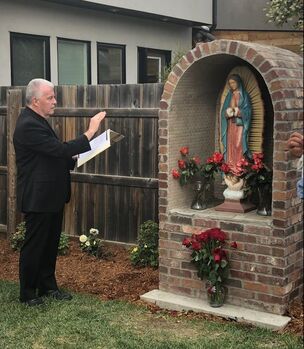 Bishop McGrattan emphasized the importance of making sure that Elizabeth House continues. He stated that the program has important donors and volunteer associations who value and support the work of Elizabeth House and stated that this work is “an important commitment as well. Just the experience of them being here supporting these young women and their children is something. They know they’re living their faith.” Bishop McGrattan also reflected on the significance of Mary as a symbol of grace, joy, and hope for all. He stated that “First of all, she is Christ’s mother. The mother of the visible and the image of the invisible God. But she is also the image and the model of the Church and she is an exemplar. In Mary, the Church joyously contemplates the image of all that the Church itself desires and hopes wholly to be. The Church recognizes in Mary the model of the path and the practice it must follow to reach complete union with Christ.” Bishop McGrattan hoped that when people from Elizabeth House are outside in the backyard the grotto the statue of Mary will catch their eye and that “they might be drawn into a moment of reflection, a moment of prayer. And that’s what images and statues are for. They draw our attention, they focus our thoughts and our sentiments. Often we formulate the words of prayer. This is how I think it will be an important statue here in this backyard of Elizabeth House,” he said. “We know that those who come here in this yard and are able to pray, and contemplate, will ponder as Mary did in the silence of her heart the truth and the gift of human life and the gift and choice that they’ve made. We pray and hope that this will be a time and a moment where they see the hand of God through our Blessed Mother that they have made a choice for life and that we are supporting them.” Written by Mario Toneguzzi & Elizabeth House Staff for Faithfully. Photos courtesy of Marin Lepp.
Why would 10 Syrian refugees want to visit Writing-on-Stone of all places? Well, if they are accompanied by dedicated volunteers who want to spend a day making new friends and meeting snakes head-on, then wishes fulfilled! On June 11, 2022, several Syrian refugees, part of three families who have been settling into life in Lethbridge, Alberta, went on an outing to Writing-on-Stone Provincial Park. These families had not been outside of Lethbridge since their arrival to Canada. Some have been here a few years, and the latest just arrived on April 14 of this year. They relished the chance to see this Unesco World Heritage Site. The entire day was very capably organized by Trudy Niggli and the CWL of Allerston Parish, a mission church of St. Peter’s Parish in Milk River. The day started with a Mass at St. Isidore Catholic Church in Allerston. It was a poignant start to a day that was heaped to the top with blessings and graces. The Mass was arranged specifically for the visiting Syrian families, so Fr. Salvador Ahumada’s sermon reflected on the experiences these families have gone through. He spoke of their forced relocation; seeing the weakness of man; leaving behind loved ones and belongings; grappling with learning a new language and culture. He exhorted them to hear the Lord calling them, to keep praying and to hope in Him. “You needed to be strong, and came here out of need, not want.” He challenged them to be the ones who can make the change, to see God’s hand at work, and to lean on Him for strength. He also prayed that our society may once again be Christian, and to pray for the ones left behind. Fr. Sal reminded them that they had a responsibility to encourage others in the faith. We left the church feeling blessed and inspired. 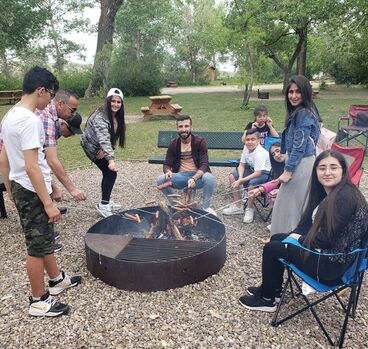 After the Mass, we continued into the Writing-on-Stone Park, where George Kardoh played on his Karbouka (Egyptian hand drum) , accompanying the singing of Syrian folk songs. Everyone enjoyed the true Canadian experience of roasting hot dogs and marshmallows over the campfire, and dodging the smoke. The park guide, after a Blackfoot introduction, gave us a free tour of the petroglyphs, and a snake even said hi on our path! A perfectly timed thunder burst after the campfire led into an impromptu and hilarious polka dance as we waited out the storm in the picnic shelter. It was truly a memorable day with new friends, and thought-filled conversations about the refugee situation. This day came from an initiative of Fr. Kevin Tumback, pastor of All Saints Parish. He suggested pooling three parishes together to support the refugees. So St. Martha’s Parish, All Saints in Lethbridge, and Allerston Mission Parish near Milk River joined forces and the results have been heartwarming. All Saints Parish had already hosted two Syrian families, so their expertise was very helpful with settling the following two families. Brian Wright, a long-time member of All Saints Refugee Committee says, "Our Syrian families do cause us to pause and reflect on how fortunate we are to be living in Canada. It is also wonderful to be welcomed to their family just as we have welcomed them. We are the surrogate family for them in Canada, and it is a lifetime journey of sharing, learning from each other, and supporting them in their everyday life in Canada. For us, it has been an expansion of our family." Another long-time member, Maureen Barnard, reflected that we are the family for these refugees. "We are their security as we help them navigate a new culture, a new language and a new life. We are their friends when they feel alone. We are their advocate when they need help to find a job , or get to school or go to a doctor. We are their voice when they do not yet have a voice here in Canada. It is a journey worth walking with our refugees. We feel the presence of our Lord Jesus Christ walking right beside us, every step of the way. We have witnessed so many miracles as people come forward and give from their hearts, often providing just what was needed at the time." Lana Takla, who arrived in Canada 6 years ago, talks about coming from a village where their whole life revolves around the two hundred and fifty or so residents plus the priest and their church. They are deeply dependent on our Lord for their daily lives and they miss that community when they come to Canada. They are in constant fellowship in Syria so they miss the other family members they have left behind. Mazyed Takla, who came to Canada with his family in October, 2021, felt that he misses the food, the weather, their music, their friends and their homes. George Kardoh, the most recent arrival (April of 2022), expresses that he feels welcomed and loved here in Canada but awaits anxiously the rest of his family. He feels very alone at times. They all love the fact that they can trust a bank, the government, and they know that no one here will try to do them harm. They trust us but there are still many challenges - learning a new language, cultural and food differences, financial burdens, and the longing to be reunited with family left behind. The Refugee Committee embraces the work we do as servants of the Lord. We are His body on earth, and we are richly rewarded in this work. “So then you are no longer strangers and aliens, but you are citizens with the saints and also members of the household of God.” (Ephesians 2:19)
One of the traditional rites of passage in our society is high school graduation. All schools, from small town to big city, take time at the end of the school year to recognize the culmination of the kindergarten to grade 12 educational journey for students, their families, and the wider community. In our Catholic schools, we understand these ceremonies as an opportunity to reflect our Catholic identity and to contribute to a shared spirituality of communion. Our students have experienced the richness of our faith in many ways through their time in our schools, from classroom prayers and liturgies to service projects and retreats. In Holy Spirit Catholic schools, each of our graduating classes also mark this moment with a Mass as they are sent forth on their next steps. In the past three years, schools across the province have had to shift these ceremonies through many different modes, from online delivery to drive-through graduations, hybrid versions and outdoor events, as they sought to comply with the regulations prevailing at that time. While these celebrations were meaningful, personal and reflected the best efforts of each school staff, one of the blessings of this spring has been the ability to gather together again. In the third year of our Holy Spirit Catholic Schools three year Faith Plan, Making our Mark, Journey of an Intentional Disciple, our key scripture to focus on has been from Romans 12: “For as in one body we have many members, and not all the members have the same function, so we, who are many, are one body in Christ, and individually we are members one of another.” This has been a most fitting verse for us this spring, as our gatherings in each of our communities have powerfully reaffirmed the deep human need that we have for spiritual connection with one another, and how vital it is for us to be together as we celebrate. While we know that we are one body in Christ whether we are gathered in one place or not, graduations this spring have reinforced the scale and scope of our faith community, and how we belong to one another in that community. Our physical presence with one another shows us that even as we proceed along our educational and faith journeys individually, we are never detached from the one body in Christ. 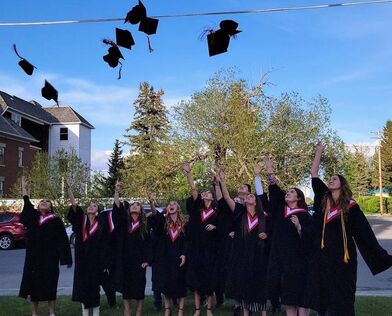 As I reflect upon this year’s graduation class, I am again reminded of God’s providence for us in all of the experiences of our lives. The three year journey that we in Holy Spirit have experienced in our faith plan, and the three year high school journey that this graduating class has experienced, were marked indelibly by the Covid pandemic. However, as a collective group, we are not marked solely by the pandemic. We might think instead of the wide range of educational experiences that students have had to prepare them to graduate, and the warmth of the interactions between staff and students as they engaged in the learning process. We might think of the ways in which our schools and communities have supported each other, and our shared joy in recognizing our graduates. We might choose to see the recent past as an opportunity to focus on and develop the virtues of fortitude, patience, and constancy. We might remind ourselves that one of the great things about a high school graduation is, that as an end and a beginning, it is a time filled with hope. And, in our Catholic schools, we know that hope is not solely our hopes for something, but a hope in Christ and in God’s promises and plans for us. As we pray this month for our graduates, let us pray that their hope be abundant and expansive, that they continue to deepen their faith, and that they witness in their words and actions the unity we share in the body of Christ.
After three challenging years, the 2022 graduates gathered last month at Holy Family Parish to celebrate their graduation Mass. These students were in grade 10 when the pandemic hit, having the entirety of their high school education impacted. But they focused on opportunities rather than challenges, and persevered to reach this wonderful milestone. Our division's theme this year was “Created in the Image of God”. Throughout the year, staff and students focused on the dignity, beauty, and uniqueness of each person. This theme was embedded in the graduation Mass in many facets. On the steps near the altar, each student’s graduation picture was displayed. In the homily, Fr. Rodel Abanto spoke of graduation being a commencement, i.e., a beginning. He reminded the students that they have all been made in the image of God and have been given unique gifts to impact the world in countless ways. At the conclusion of the Mass, Fr. Rodel prayed a special blessing over the cross necklaces, which were given by the Administration for each graduate as a stirring reminder of Jesus’ abounding love for them. This graduation was a celebration of a community of members with unique backgrounds, experiences, and stories, all coming together in a beautiful tapestry. Many students have been part of Catholic education since kindergarten. Other students joined our Catholic division at various points in their educational journeys. In a recent religion review performed in our division, Dr. Dean Sarnecki asked students who had attended school in both the public and Catholic schools if they found a difference between the school systems. The students could not specifically identify the difference but noted that there was a special feeling in the Catholic system - that it was “just different” and offered “something more.” Hard to put their finger on, perhaps, but that “difference” was pervasive. Another tremendous aspect of celebrating our graduating class was the 16 international students who graduated alongside their Canadian classmates. These students came from Germany, Brazil, Mexico, Peru, Denmark, Columbia, Ukraine, Japan, and Poland. They forged friendships that will last a lifetime and span many miles across the globe. Each one of these students was an important piece of the patchwork, the tapestry, of the Graduating Class of 2022. We do not know what the future holds for our graduates, but we do know we are sending them out with numerous lessons learned. They have learned to be flexible; they have learned the value of working together; they have learned perseverance pays off; they have learned to be welcoming to others in their midst, and they have learned that they are created in the image and likeness of God. With these experiences woven together, forever a part of the tapestry of the Class of 2022, undoubtedly, they will thrive. Photos from the Monsignor McCoy High School Graduation for Class 2022
How’s your neighbourhood? Do you know your neighbours? A good relationship with our neighbours helps us to feel at home especially in the summer when we spend more time in our yards. Watch: How to be a better neighbour If you realize that you do not know your neighbours at all and have not had the courage to get to know them, this video offers some helpful tips on how to break the ice and begin the art of good “neighbouring”.
Having a great neighbour is a blessing. Don’t plan to only introduce yourself when there are problems to be solved or complaints to be addressed. Be proactive and get to know them while all is well. Consider this...
“…better a neighbour nearby than a relative far away.” Proverbs 27:10 A good neighbour can be like family. Contribute to growing a great neighbourhood.
Dads, as we gear up for Father’s Day, let’s take a moment to watch this video and see if we can find a fresh perspective on fatherhood or a new inspiration to step up our game! Thank you for always trying to be the best dad that you can be! Have a wonderful time with your family on Father’s Day.
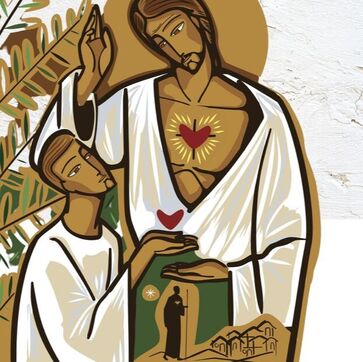 I’m sitting at a workshop, flipping through the workbook and only half listening to the presenter. Then I hear her say, “Jesus is standing at the front of this room, he’s pointing to you. He’s saying, ‘I choose you!’” I look up shocked. The presenter is relating a vision her husband (in another province) had the night before. It sounds like merely an anecdote except that I was wondering at that moment if any of the challenging material we were covering was even applicable to a conscripted Eucharistic Minister like me. According to the presenter, it was not by chance or curiosity that I was here. I was called by Jesus himself. I sit up straighter and listen more attentively. This June, as we contemplate the Sacred Heart of Jesus, it’s fitting to also contemplate how we might be called to love more like Jesus does. In his writing about devotion to the Sacred Heart, Bishop Donald J. Hying says, “If love means willing the good of the other, completely free of self-interest, we see the perfection of such charity in the burning heart of Christ. Lest we think such a love is naïve, simplistic or easy, the Sacred Heart shines forth, crowned with thorns, pierced and bleeding.” These twin aspects of Jesus’s love for us – personal and sacrificial – are mirrored in Pastoral Care ministry. Pastoral journeying involves face-to-face, focused attention on another person. This type of love goes much deeper than good deeds. It touches people’s broken hearts and has the potential to break open our hearts in the process. That’s why pastoral care ministry requires plenty of prayer and proper training. Recently, the Calgary diocese held a pastoral care training session facilitated by Virginia Battiste (MTS). The workshop spanned four days, over two weekends, and included topics like Pastoral Care Listening, Caring for the Aging, Grief and Loss, End of Life Care and Self Care for the Caregiver. Pastoral care is defined as offering consolation and support to a person experiencing loss or stress. This could include bereavement ministry, hospital visiting and palliative accompaniment, among others things. I attended the session via Zoom at St. Martha Church in Lethbridge. There were about a dozen attendees from all over southern Alberta so we were able to have small-group discussions in addition to listening to the presenter from Calgary. As an Extraordinary Minister of Holy Communion who takes Communion to a long term care facility, I wasn’t sure if the workshop would be applicable to me. Indeed, the first module contrasted “parish care” (which includes taking the Eucharist to shut-ins) with “pastoral care”. Parish care is practical and often social. It might involve sharing cards, meals, rides or phone calls. It focuses on doing. Pastoral care focuses on being. It involves one-to-one listening with people who are ill, hospitalized, dying, recently bereaved or generally feeling lost and isolated. It’s all about the other person, never oneself. So though Eucharistic ministry is primarily pragmatic, it sometimes involves individuals who are sick or sad. To that extent, Eucharistic ministry can become pastoral, so Virginia Battiste’s presentation helped me to prepare for that possibility. What does it mean to provide pastoral care? It is about offering consolation and support in whatever form is appropriate to the other person at their time of need. It means being present, listening, trying to understand and empathize, without preaching or counselling. It is a ministry of accompaniment. How much time does pastoral care take? Ideally, pastoral care is offered in the context of a relationship, and relationships develop over time. However, listening happens in moments – small opportunities to receive the words which someone needs or wants to share. Often, it’s not about taking more time but about making the most of the time we have. What are the characteristics of a pastoral caregiver? This ministry requires patience, compassion, empathy, kindness and understanding. It asks one to be attentive to the cues and needs of the other person, to be flexible, dependable and non-judgmental. Pastoral listeners should be secure in their own identities and aware of both their strengths and their limitations. If you feel called to pastoral listening, please consider offering your God-given talents through your parish. The need is greater than ever post-Covid. While many of us now have opportunities to share our feelings with a friend face-to-face, the same isn’t true for everyone. Some people don’t wish to ‘burden’ their friends and families with their feelings. Others still feel isolated post-pandemic and haven’t been able to return to in-person or social activities. Now more than ever pastoral outreach is needed to connect with those who feel anxious and marginalized. Even if we don’t feel able to take on Pastoral Care ministry in all its richness, we might still employ pastoral listening in our daily lives. All around us people who are struggling and simply need to be heard; perhaps that coworker who appears forlorn or that neighbour who lost their beloved pet a month ago or even a downcast family member. We can ask, “How are you doing?” or “Would you like to talk?” and take some uninterrupted time to listen without the need to offer solutions or even affirmations. We can be a reflection of God’s sacrificial love in someone else’s life, a teeny, tiny replica of Jesus’s own Sacred Heart.
 I was born and raised in a Catholic home. I remember attending church with my parents but I sensed early on as a young child that my father was not living out his vocation and role as a husband and father. My father was an alcoholic, and because of his addiction, he was unable to be fully present to his family, or to teach me and prepare me for life the way a young boy needed. I missed out on having a personal relationship with my father, on experiencing his love and acceptance. I was not given a proper example of how I should conduct myself as a mature person. Having personally experienced what life was like with an alcoholic father, I told myself many times that I would be different towards my own family, that there would be joy and love, mutual understanding and peace in the home; the very things that were missing in my own home and upbringing. After I got married and started my own family, I came to realize that things were not so easy as I had imagined them to be. I struggled with dealing with my obligations as a husband, father, and provider. Often times alcohol served as a comfort and means to deal with daily challenges, but then it was followed by feelings of guilt, remorse, bitterness, and regret. Even hatred towards my father would surface for not having prepared me for life’s circumstances. I grieved over my father’s inability to model for me how to be a good husband, father, and man. I was terrified and panicked by the fact that I was becoming just like my father. I sought solace through alcohol, and of course, that made things worse. While moving through life in this way, I longed for something more. I sensed that there was more. I owe so much to my wife, who kept our family together, and never stopped believing that things could be different, better… that I could become the man she knew I could be. I knew that I needed help. I knew that the future wellbeing of my family, marriage, and the good of my 3 children depended on me becoming the man God called me to be. but at the same time feeling I couldn’t do it by myself. I needed help and direction. I needed God, and a renewed sense of faith and prayer to rise above the pain, hurts, resentment, and challenges. Having exhausted various avenues, I cried out to God for help. It was then in the experience of powerlessness and sincere sorrow that God answered the call of my heart. He sent a friend my way who then reintroduced me to God and His mercy, to the loving protection of our Mother Mary, and who invited me to model my life after the example of St. Joseph in my call to be father, and to model our family after the example of the Holy Family. It has been a long journey, but ever-grateful to the Lord, I am happy to share that I am alcohol-free for the last seven years. There have been many good days, tougher days, but I am better equipped to deal with them than ever before. My wife and I have been engaged in the Catholic Charismatic Renewal, and the experience of the Spirit’s current of grace has been life-transforming. Not only have I come to know Jesus in a personal and intimate way, received a new and ongoing outpouring of the Spirit, discovered that I am loved by my Heavenly Father, but through this new life in the Spirit, I have come to terms with my past, and have been given the grace to forgive and pray for the eternal repose of my earthly father. I have come to know God and that He is with me always, and that with Him all things are possible. Thanks to God, my relationships with my wife and children have improved and I have become a better husband and father, and that my family can count and rely on me. Recently my wife shared with me that I remind her of St. Joseph! Yes, with God, all things are possible, all things are made new.
|
Author
Catholic Pastoral Centre Staff and Guest Writers Archives
July 2024
Categories
All
|
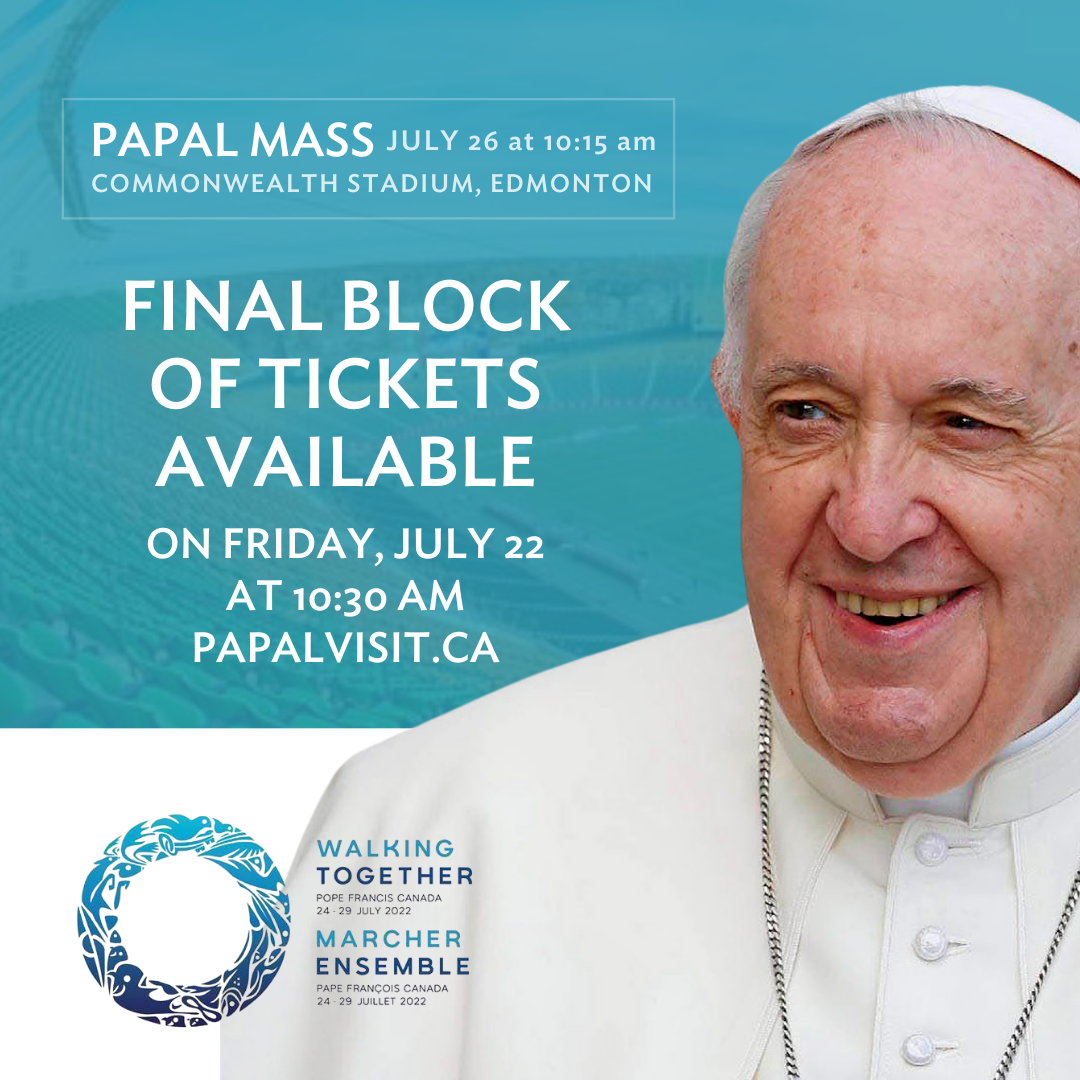
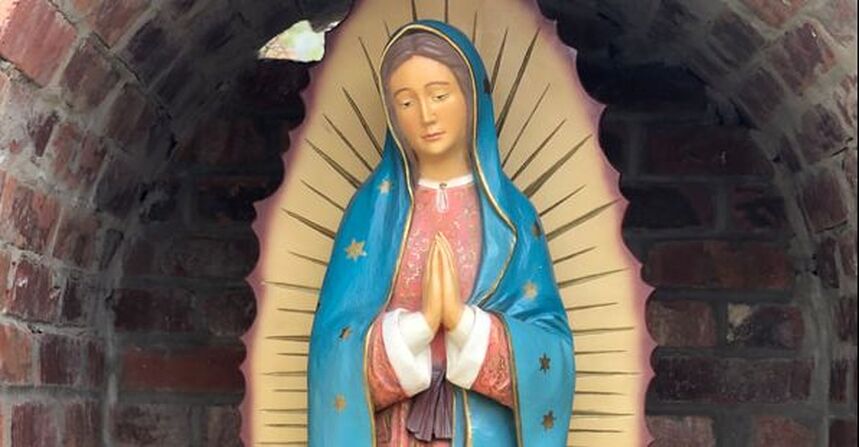
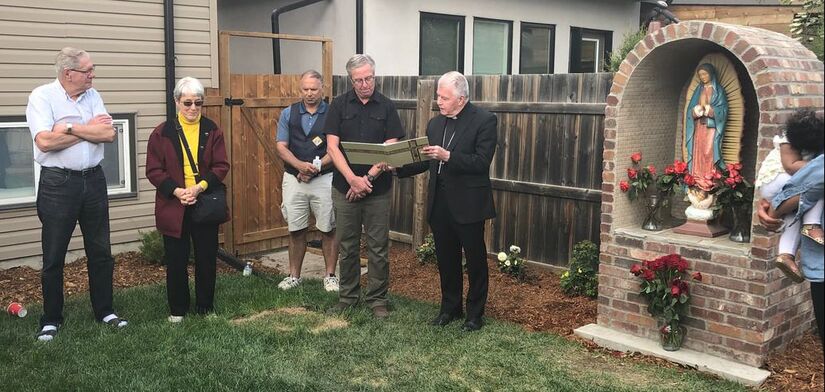
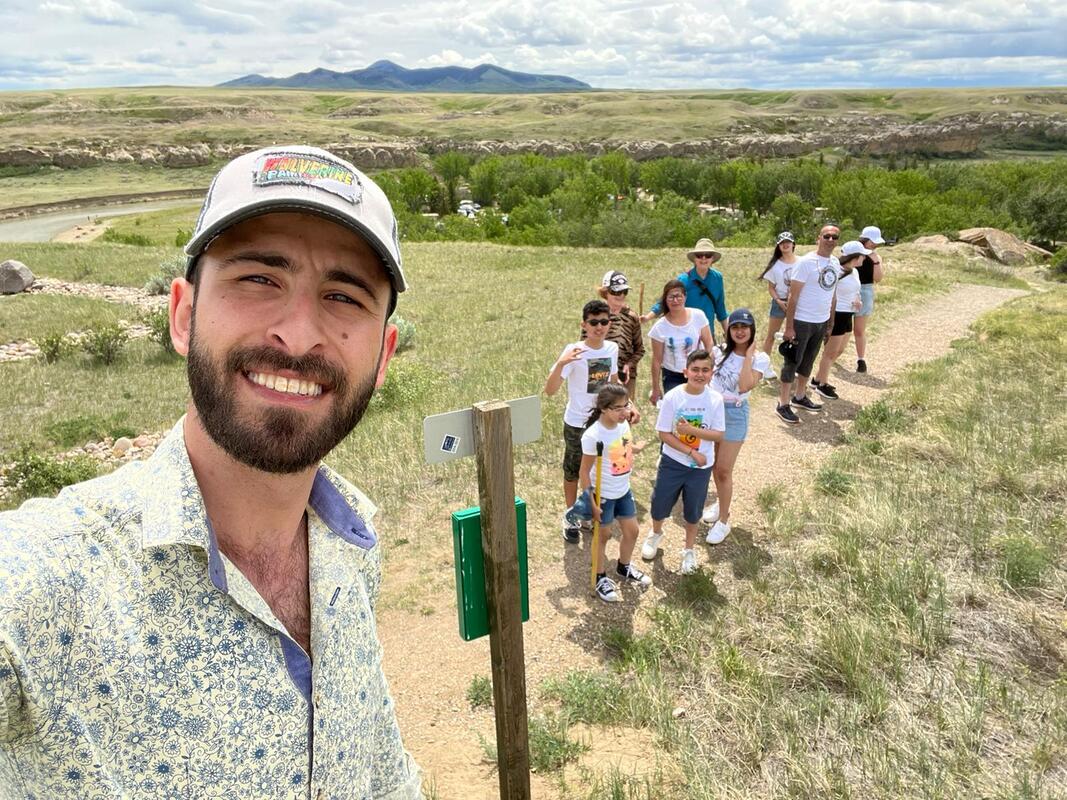

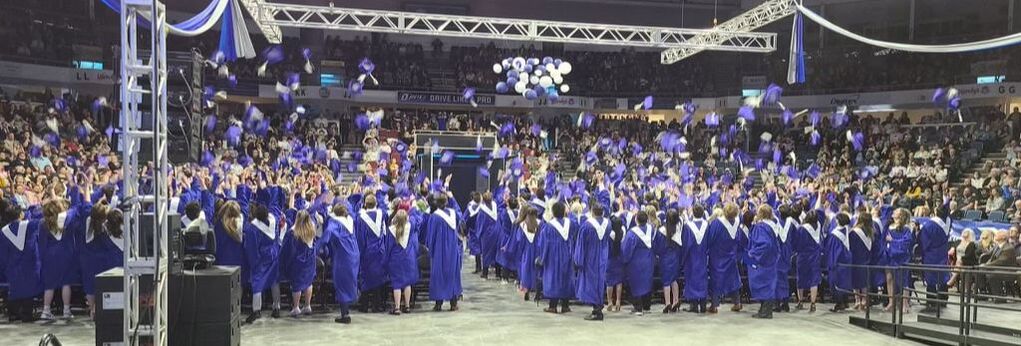
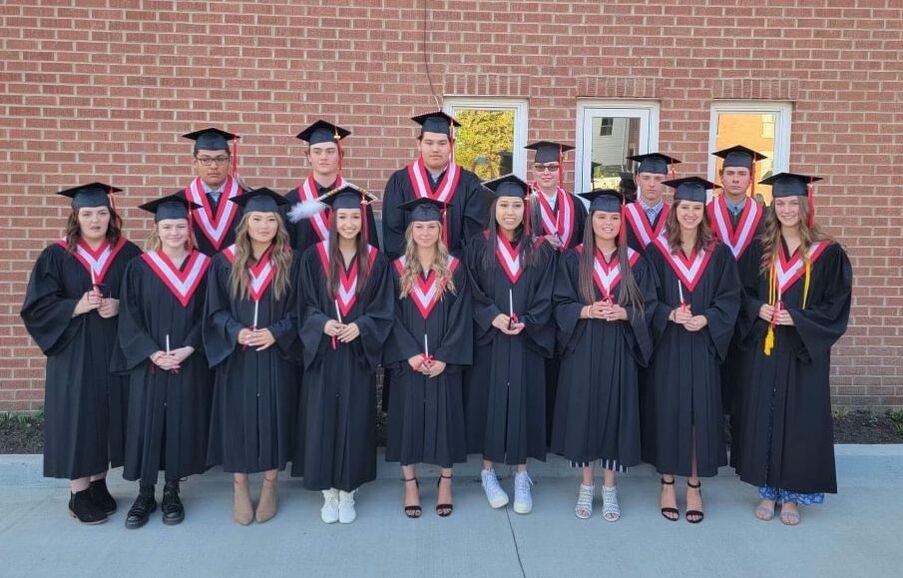

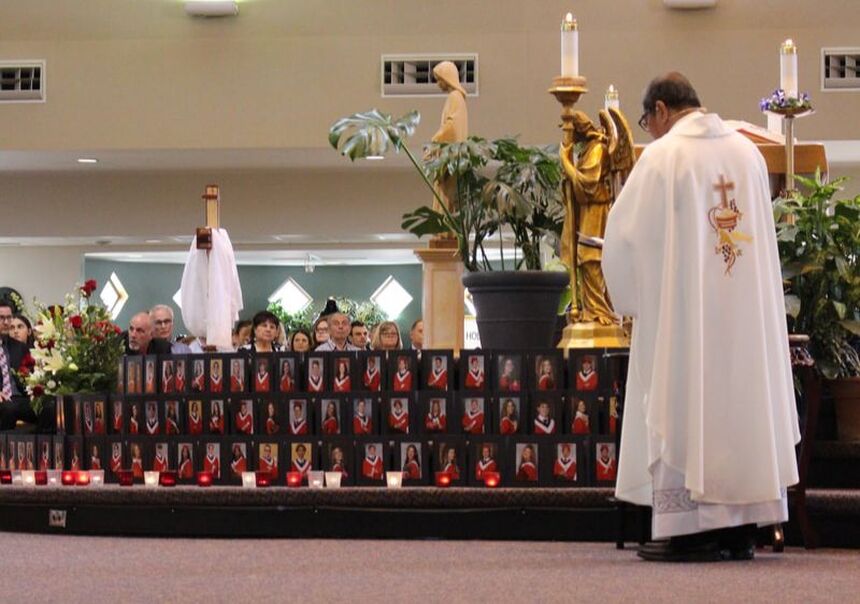
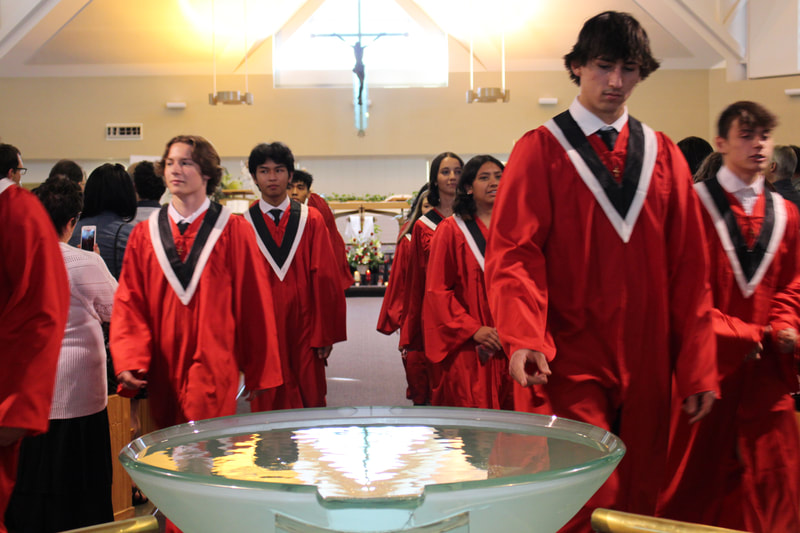
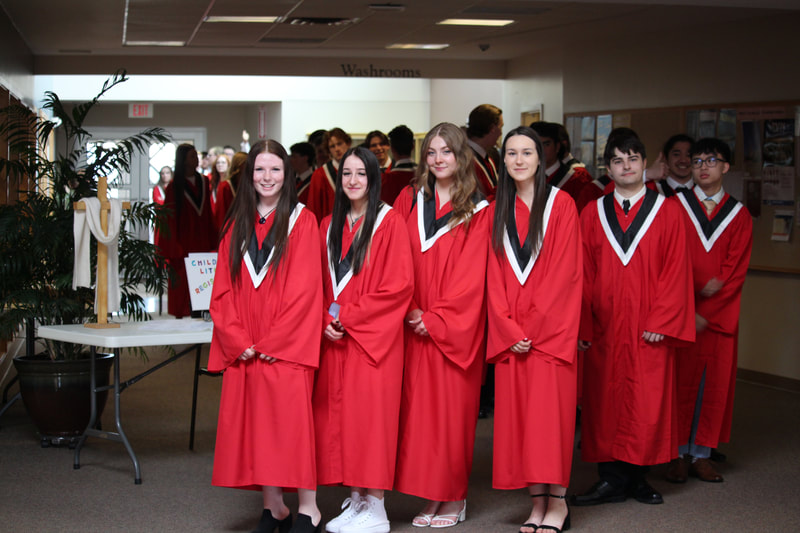
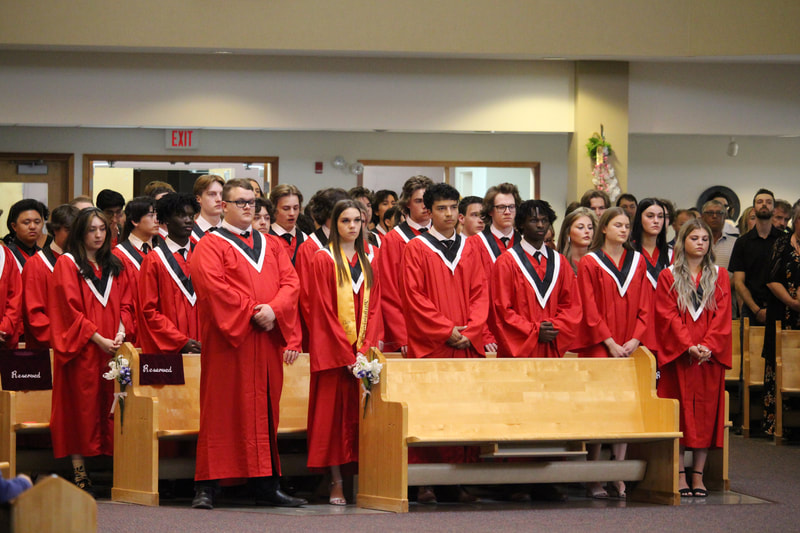
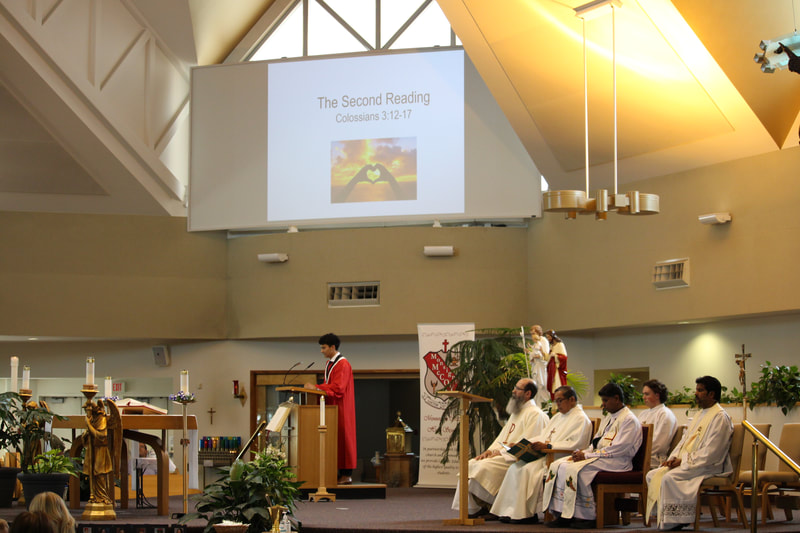
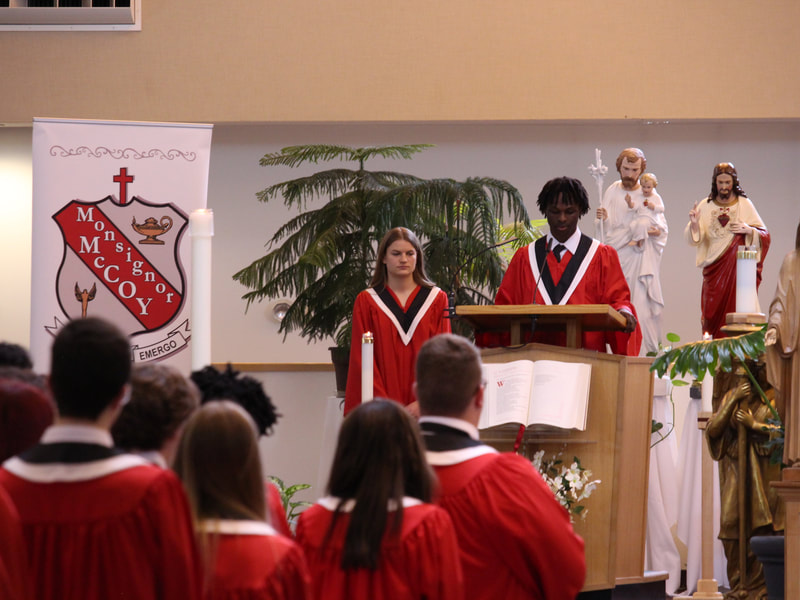
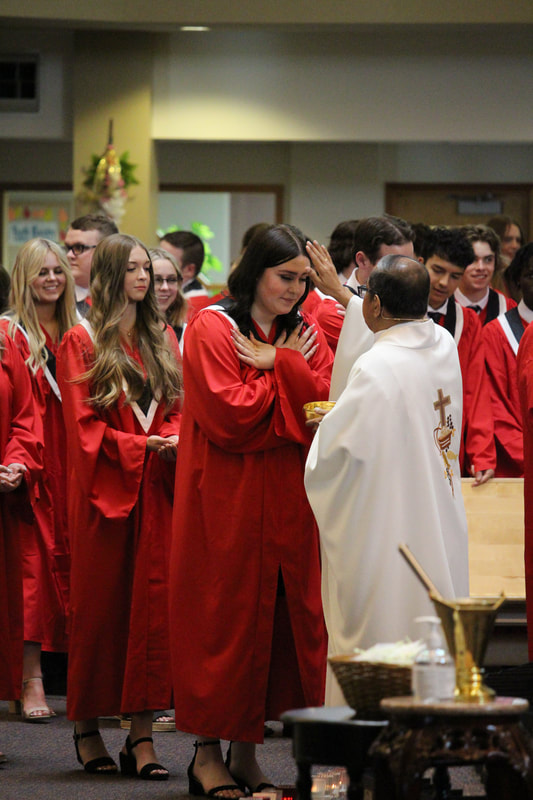
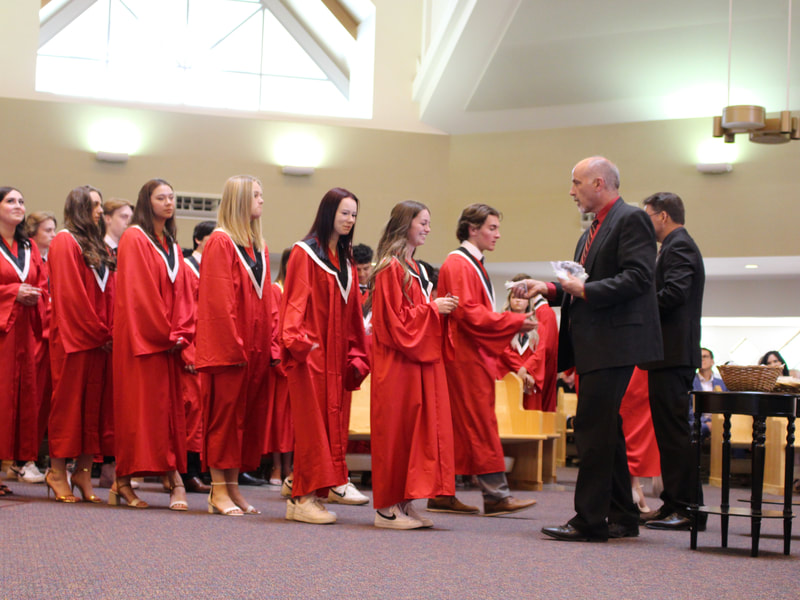
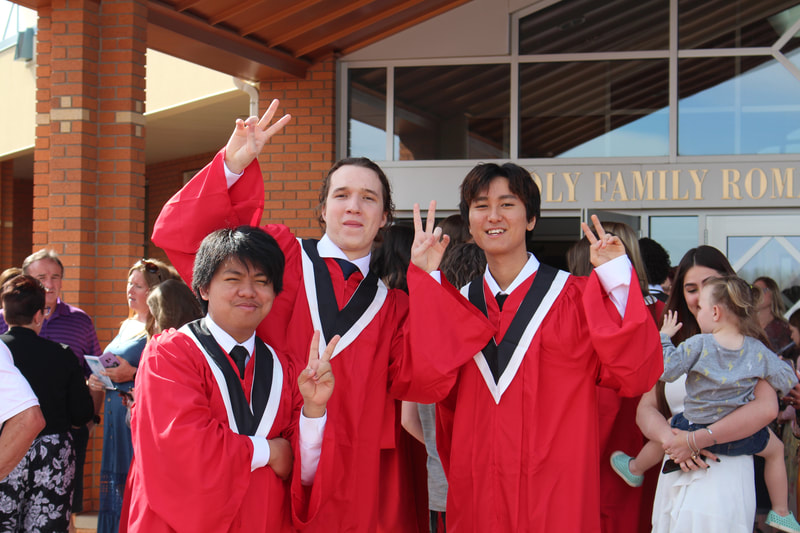
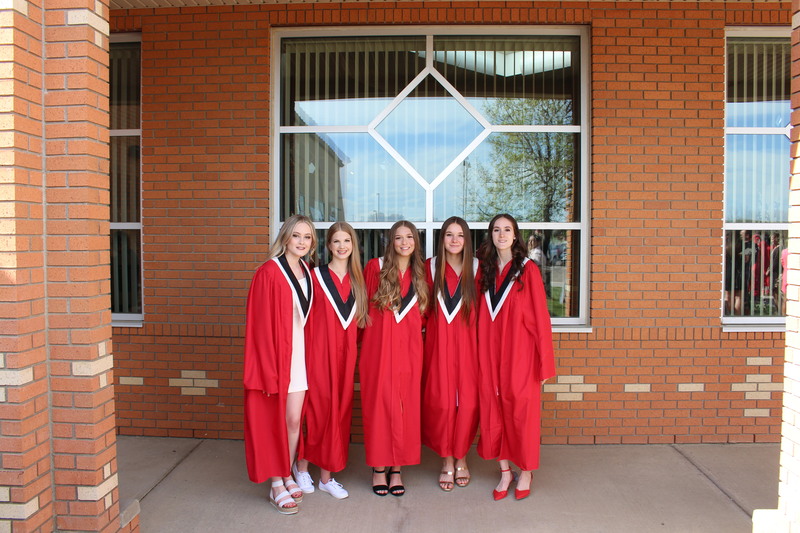
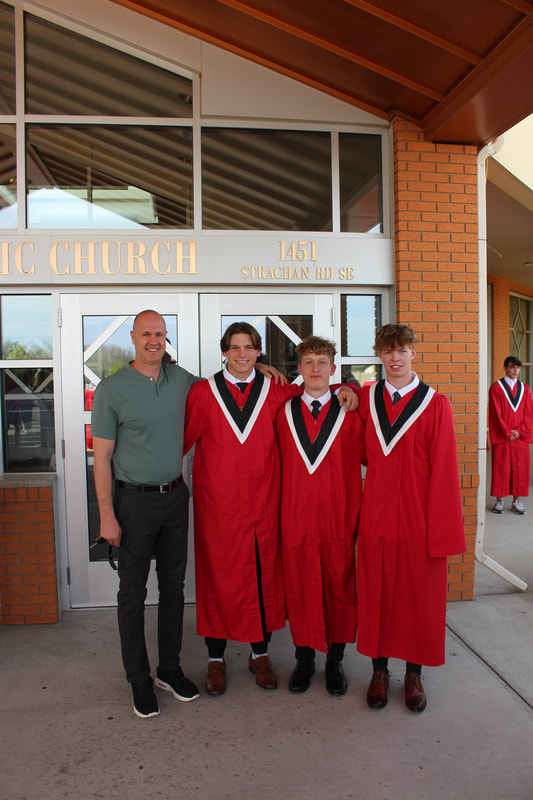
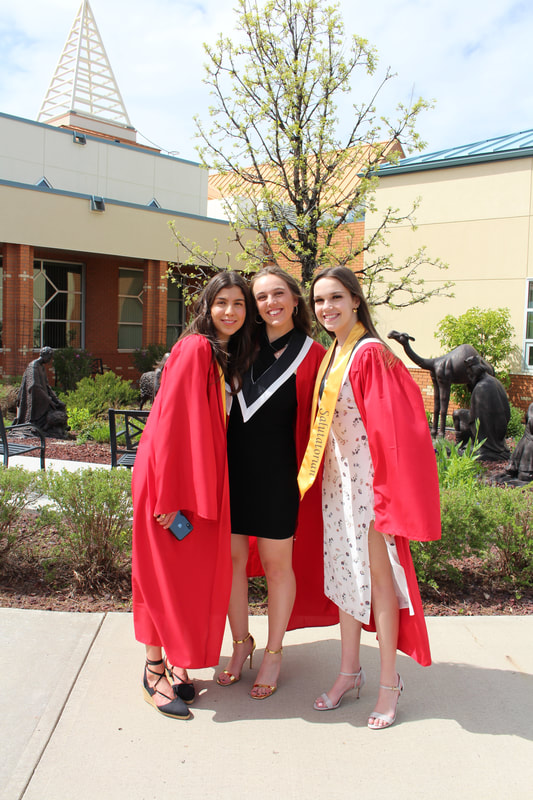
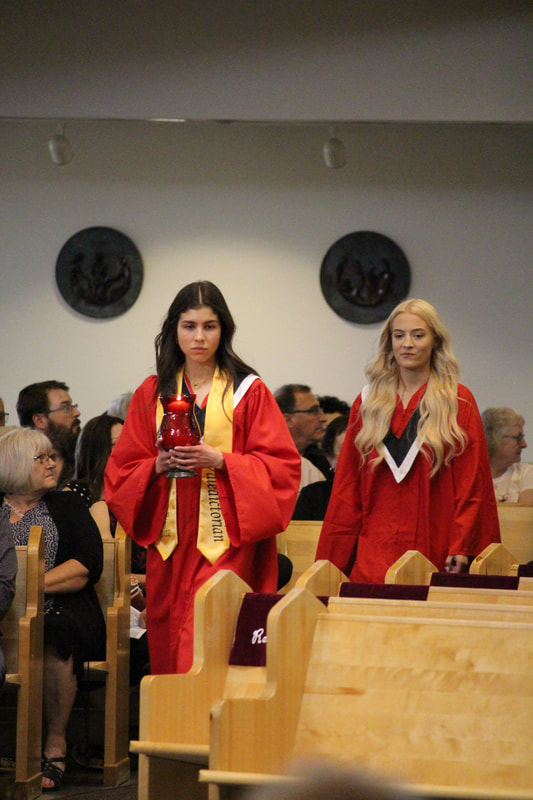
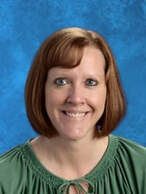
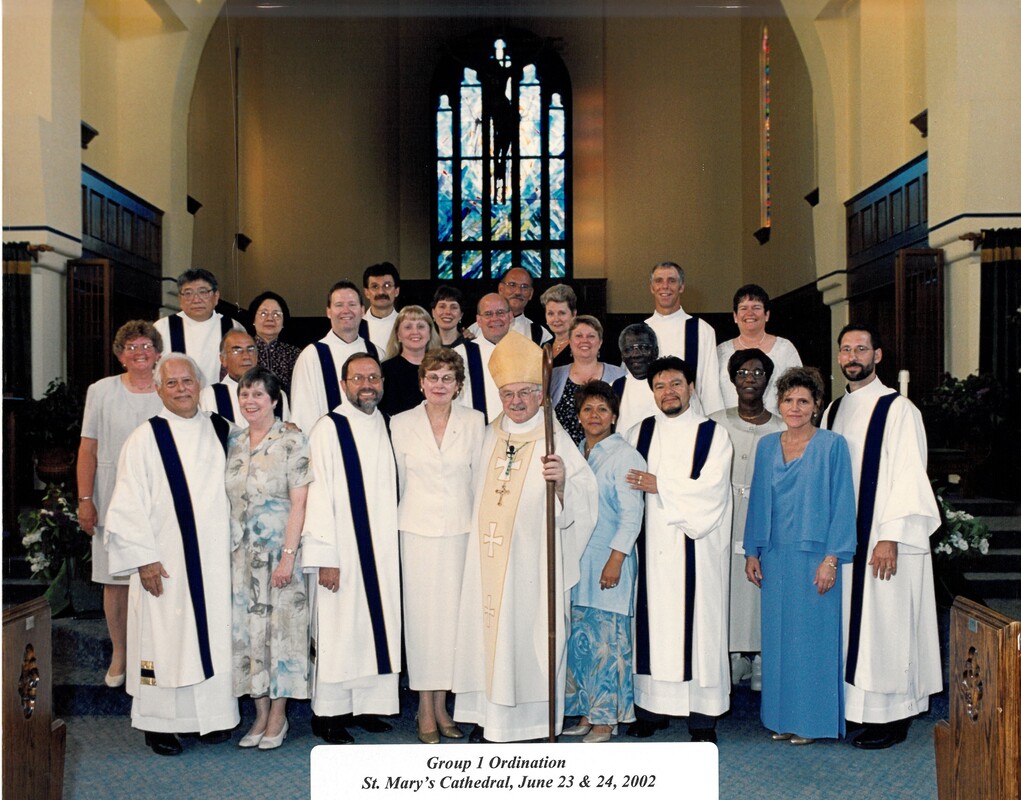
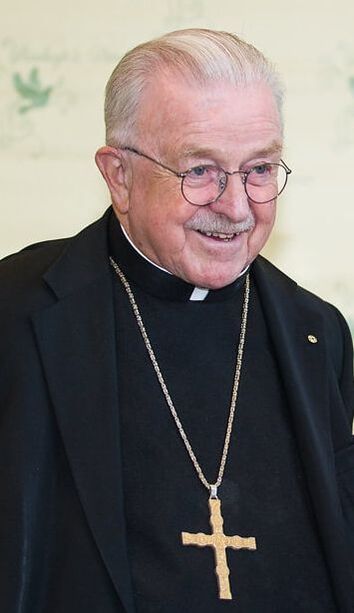
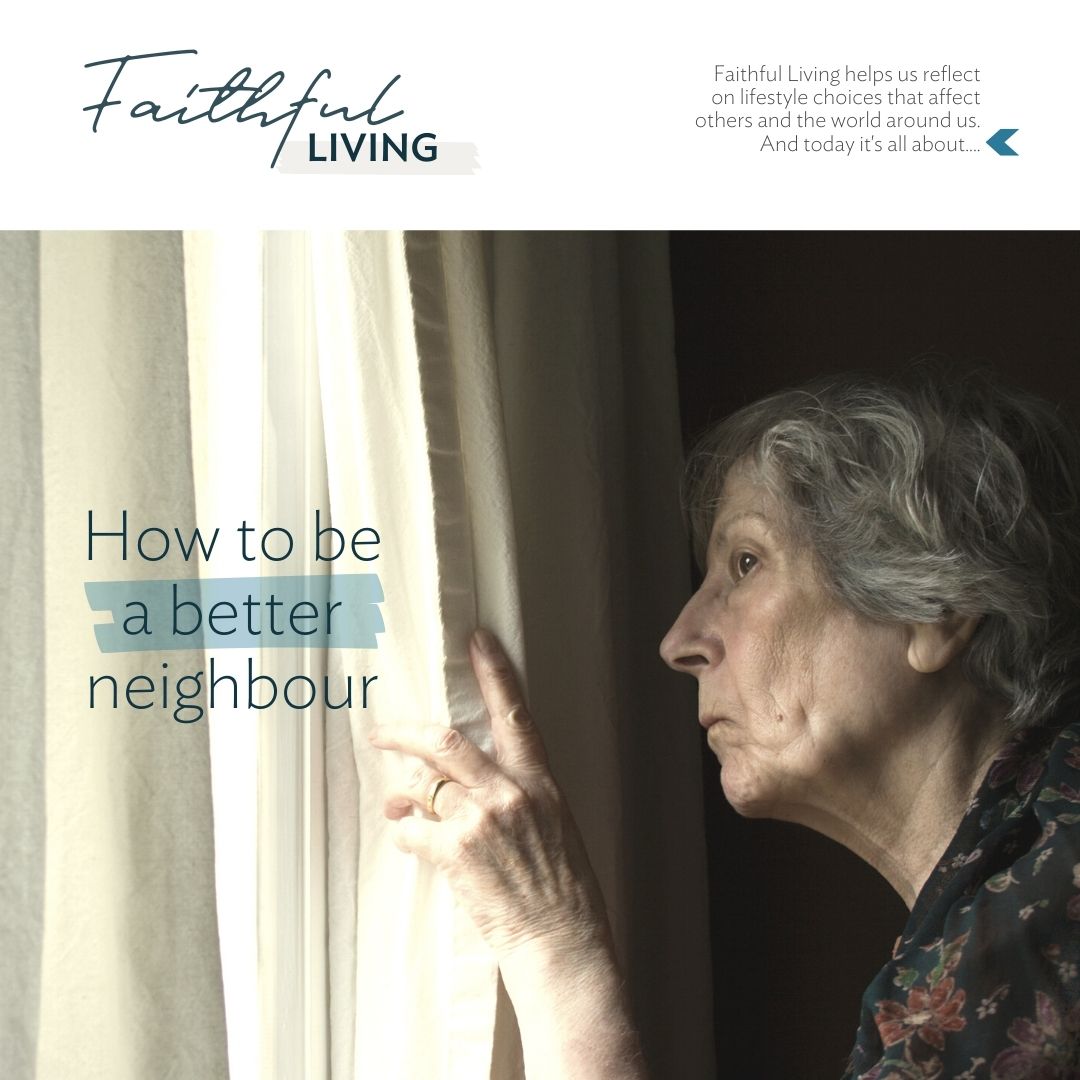
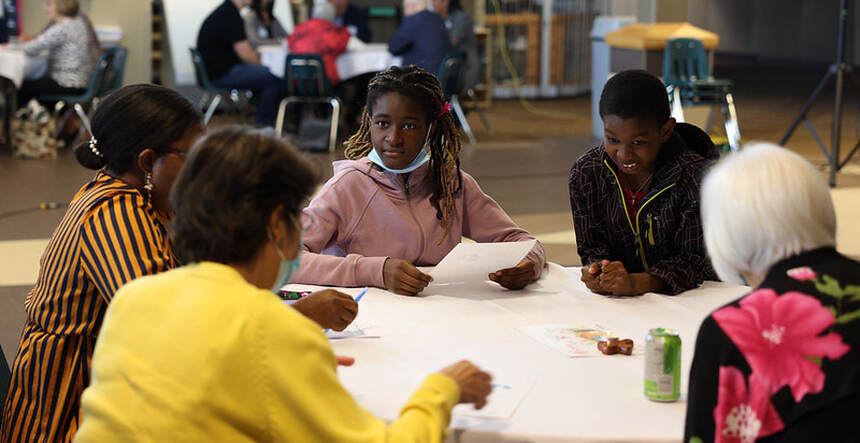






 RSS Feed
RSS Feed